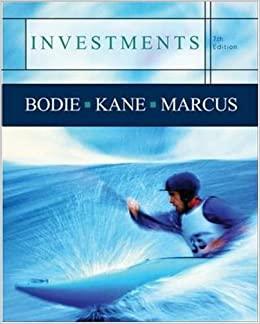
Using semiannual compounding, find the prices of the following bonds: a. A 9.8%, 15-year bond priced to yield 8.4%. b. A 7.3%, 10-year bond priced to yield 8.7% C. A 11.8%, 20-year bond priced at 10.4% Repeat the problem using annual compounding. Then comment on the differences you found in the prices of the bonds. a1. Using semiannual compounding, the price of the bond is $ (Round to the nearest cent.) b1. Using semiannual compounding, the price of the bond is $[ (Round to the nearest cent) c1. Using semiannual compounding, the price of the bond is s (Round to the nearest cent.) a2. Using annual compounding, the price of the bond is (Round to the nearest cent.) b2. Using annual compounding, the price of the bond is $[ (Round to the nearest cent.) c2. Using annual compounding, the price of the bond is (Round to the nearest cent.) Comment on the differences you found in the prices of the bonds. (Select the best answer below.) Bonds selling at a premium sell at lower prices when the interest is compounded semiannually as opposed to annually. Accordingly, bonds selling at a discount sell at lower prices when the interest is compounded annually as opposed to semiannually. Bonds selling at a premium sell at higher prices when the interest is compounded semiannually as opposed to annually. Accordingly, bonds selling at a discount sell at higher prices when the interest is compounded annually as opposed to semiannually. Using semiannual compounding, find the prices of the following bonds: a. A 9.8%, 15-year bond priced to yield 8.4%. b. A 7.3%, 10-year bond priced to yield 8.7% C. A 11.8%, 20-year bond priced at 10.4% Repeat the problem using annual compounding. Then comment on the differences you found in the prices of the bonds. a1. Using semiannual compounding, the price of the bond is $ (Round to the nearest cent.) b1. Using semiannual compounding, the price of the bond is $[ (Round to the nearest cent) c1. Using semiannual compounding, the price of the bond is s (Round to the nearest cent.) a2. Using annual compounding, the price of the bond is (Round to the nearest cent.) b2. Using annual compounding, the price of the bond is $[ (Round to the nearest cent.) c2. Using annual compounding, the price of the bond is (Round to the nearest cent.) Comment on the differences you found in the prices of the bonds. (Select the best answer below.) Bonds selling at a premium sell at lower prices when the interest is compounded semiannually as opposed to annually. Accordingly, bonds selling at a discount sell at lower prices when the interest is compounded annually as opposed to semiannually. Bonds selling at a premium sell at higher prices when the interest is compounded semiannually as opposed to annually. Accordingly, bonds selling at a discount sell at higher prices when the interest is compounded annually as opposed to semiannually







